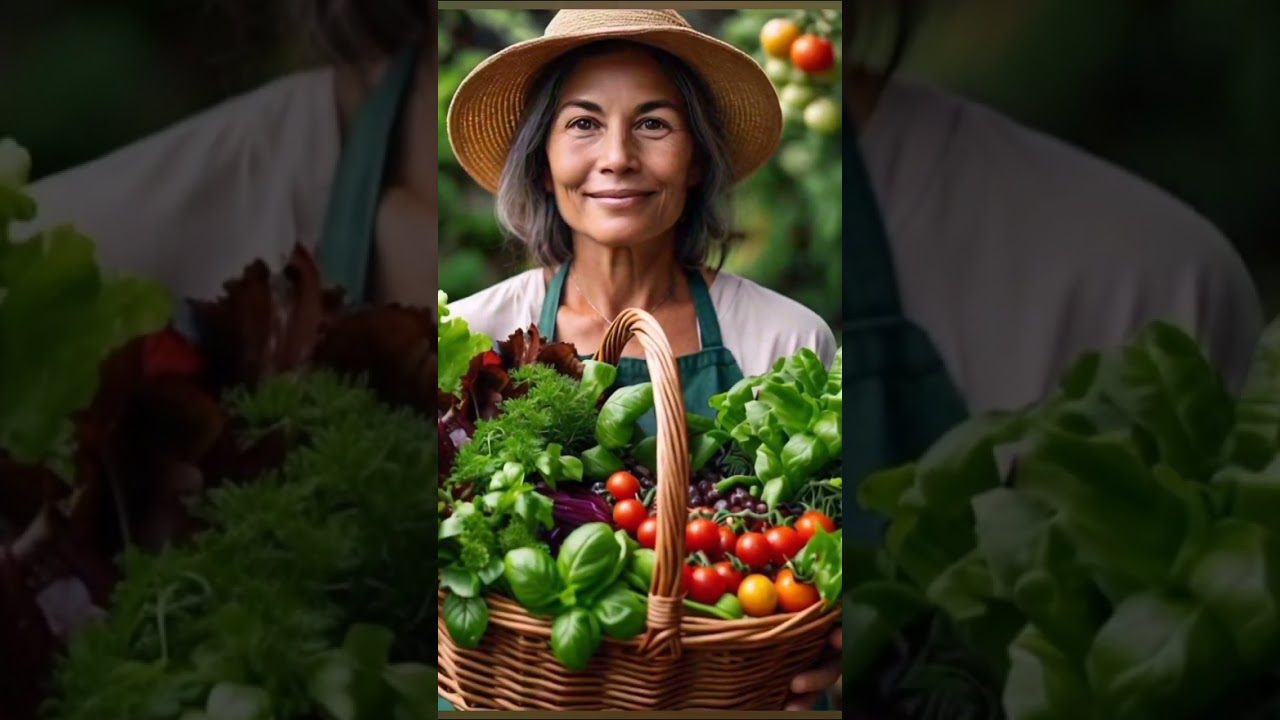Inflammation is a double-edged sword.
While it is very critical for the healing of
wounds, it is also a bodily response that can become too much of a good thing.
Any infection, injury or toxicity problem
inflicted on our bodies is handled by the inflammatory response that occurs
automatically.
Unfortunately, if certain substances in our
bodies become unbalanced, the inflammation switch can come “on” at
the wrong time or forget to go “off” when no longer needed.
When inflammation occurs, it can be seen
externally as a rash or swelling.
A more dangerous kind is that which occurs
internally.
If it goes on too long it can cause damage to any
organ or organ system.
People with auto-immune and chronic inflammatory
diseases are very familiar with the problems inflammation
can cause.
Diseases in which inflammation plays a role are
heart disease, stroke, Alzheimer’s, cancers, arthritis, gingivitis and other
“itis” disorders.
On the positive side, since the growth in such
diseases can be correlated with and related to our increased diets of fast,
convenient foods, it is possible to end the inflammation process with a change
in diet.
Not only do we need to eliminate saturated and
trans-fats, refined sugars, high-fructose-corn syrup, starches, commercial
meats and artificial
sweeteners, but we can reverse problems of chronic
inflammatory diseases by choosing certain foods and herbs available at the grocery
store.
It is being shown time and again that the common
therapy for inflammation – pharmaceuticals
– has been a miserable and costly failure.
Rather than submit your body to the side effects
of such drugs, please consider the much healthier alternatives discussed below.
Dietary polyphenols, found in many edible plants,
are being found to have anti-inflammatory properties.
Studies on animals in the lab have demonstrated
such properties, and studies done on different human populations have shown
that those who consume polyphenol-rich foods have lower incidences of
inflammatory disease.
Fruits rich in this phytochemical include
blackberries, blueberries, strawberries, raspberries, sour cherries,
pomegranates and cranberries.
If you drink these in juices, make sure to read
the label and avoid any with sugar added.
Another group of dietary nutrients receiving much
publicity today are the omega fatty acids.
Don’t be confused by the wording here. Omega-3 fatty acids are
anti-inflammatory, while omega-6 acids can actually help cause inflammation.
That is why we need to balance the use of
omega-6’s with omega-3’s.
If your diet has been predominantly rich in the
omega-6 oils, you will have to do more than achieve a balance by increasing
omega-3’s and drastically reducing the omega-6’s.
Other foods rich in omega-3’s include hemp, flax, pumpkin seeds, walnuts and their
oils; high-fiber, non-starchy vegetables
such as dark leafy salad greens, spinach, kale, tomatoes, broccoli, cauliflower,
collard greens, and onions.
Actually, an incredible supplement called “O-Mega
Zen3” works wonders. It lately has been promoted by Oprah Winfrey and has been
selling out across the country.
We often overlook the turnip, but from a Chinese
medicinal view, it and the radish both aid digestion by cooling and soothing
inflammation and phlegm.
Quercetin is a flavonoid, and a very powerful
one. It is found in red grapes, red and yellow onions, garlic, broccoli and apples.
Anti-oxidant properties in some foods also help
fight inflammation by protecting the body from free radicals.
Vitamin C-rich foods fall into this category,
including carrots, orange winter squash, bell peppers and tomatoes.
To reduce swelling and inflammation quickly, eat
half of a fresh pineapple
or papaya daily. Pineapple contains the enzyme bromelain and papaya contains
papain. Pain and swelling should go down in two to six days.
Eating at least five servings of such fresh fruits and vegetables daily is a
minimum. If inflammation is a problem, it is recommended to increase the intake
of this food group.
In fact, some natural health
experts advise a diet that is 75% raw foods.
The flavorings and herbs used in cooking your
foods are very important as well in fighting inflammation.
Turmeric, and its yellowing substance curcumin,
are most commonly found in Indian foods like curry and in mustards. Making
vegie-caps of grocery store-bought turmeric has helped with arthritis
symptoms.
Ginger is another flavoring that has many
healthful properties, one of which is an anti-inflammatory.
Garlic has been the object of much research and
has been shown to inhibit the growth of 23 organisms, including bacteria, mold
and yeast. It is also very helpful as an anti-inflammatory.
Remember, while adding spices like turmeric, it
is just as important to decrease, if not eliminate, flavorings such as salt,
sugar and artificial sweeteners.
Also avoid colas, white flour products and junk foods.
Just one precaution: Herbs and spices should be
used with medical supervision if one is also taking medications because their
medicinal properties can interfere with the drugs.
When it comes to soy and soy products, the advice
and research findings are contradictory. If it is not organic do not touch it
with a 10-foot pole. It’s probably GMO.
In conclusion, if you want to reduce
inflammation, eat healthier. Replace your processed foods with meals like tofu,
tempeh, salads, and steamed vegetables. Avoid deep-fried foods and hydrogenated
oils. Bake or stir-fry instead of frying. Use raw, organic olive oil, an
omega-9 fatty acid, and instead of corn and related oils, use organic coconut
oil.
Good health is the greatest wealth!
Aloha!
Sources:



